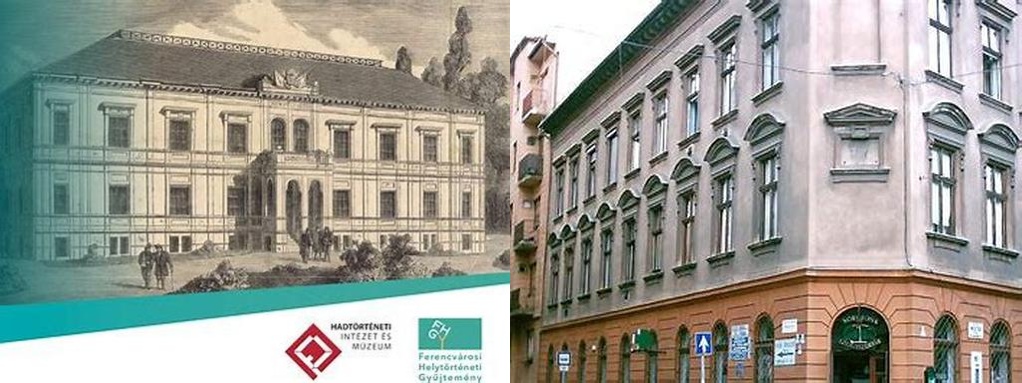
Ferencvárosi Helytörténeti Gyűjtemény, known in English as the Ferencváros Local History Collection, is tucked away in the heart of Budapest’s vibrant Ninth District (Ferencváros). If you are an enthusiastic urban explorer, on the hunt for stories whispered by city streets and lived by locals over generations, this charming little institution offers a glimpse behind the facades and grand avenues of modern-day Budapest. While many travelers line up for the blockbuster museums, you’ll find that the quieter corners like this collection give a genuine sense of what makes the city tick.
Arriving in the district, it is impossible not to feel the energetic pulse: the market bustle, street art, and cafes serving both trendy and traditional fare. But step into the Local History Collection, and you are surrounded by echoes—photographs, postcards, schoolbooks, architectural fragments, workaday objects, and handwritten notes, all curated to tell the layered story of this area’s people. Not just a parade of dated artifacts, this place is about local identity and resilience. The Ferencváros district has been through it all: floods, revolutions, post-war reconstruction, gentrification, and waves of migration. All of it is reflected here in surprisingly vivid detail.
The story really begins in 1979, when a group of passionate district historians, led by János Marosi, decided to start gathering fragments of everyday life before they vanished in renovations and modernization projects. Their aim wasn’t quite so grand as to rival a national museum, but rather to preserve the “small history” that makes up the soul of a community. The initial collection included the humble donations of families who’d lived here for decades, some for over a century. You can see the pride in hand-labeled sepia photographs or the delicate embroidery of costumes from the early 1900s. There are exhibits dedicated to the once-industrious factories that lined Soroksári út, the boisterous life of Fradi football fans, and even the little corner shops where neighbors once gathered daily.
A special place in the museum, for many visitors, is the recreated domestic interiors from different eras. For instance, you can compare a bourgeois living room from the elegant late 19th century with the functional, almost austere décor of the 1950s socialist period. The details here are fascinating: radios that families gathered around, hand-painted wall plaques, children’s toys handcrafted from scraps. You’ll also find plenty on the diverse communities who called Ferencváros home: Hungarians, Germans, Serbs, Jews, and Roma. Their schools, businesses, and religious life are woven through the displays with care, and you get a real sense for how urban neighborhoods formed tight bonds of solidarity, especially in turbulent times.
Don’t come looking for glitzy multimedia or blockbuster artifact displays; this is a low-key spot fueled more by heartfelt storytelling than tech wizardry. What sets the Ferencváros collection apart are the personal connections. You’re likely to meet one of the longtime curators or volunteers, eager to fill in the gaps left by the display cards. Stories are swapped in Hungarian, but there’s always someone ready to share a tale or point out something you’d have missed otherwise, perhaps about the return of a treasured family heirloom or a recently discovered memoir.
This collection encourages you to look at the urban world differently, to pay attention to the riverbank’s ragged warehouses, the old house numbers above storefronts, and the faces in class portraits. In a city as layered as Budapest, those details and stories make all the difference. For anyone with a little curiosity, a visit to the Ferencvárosi Helytörténeti Gyűjtemény might leave you looking at the neighborhood, and perhaps your own, with a new sense of appreciation for the invisible strands that connect generations, families, and communities.





